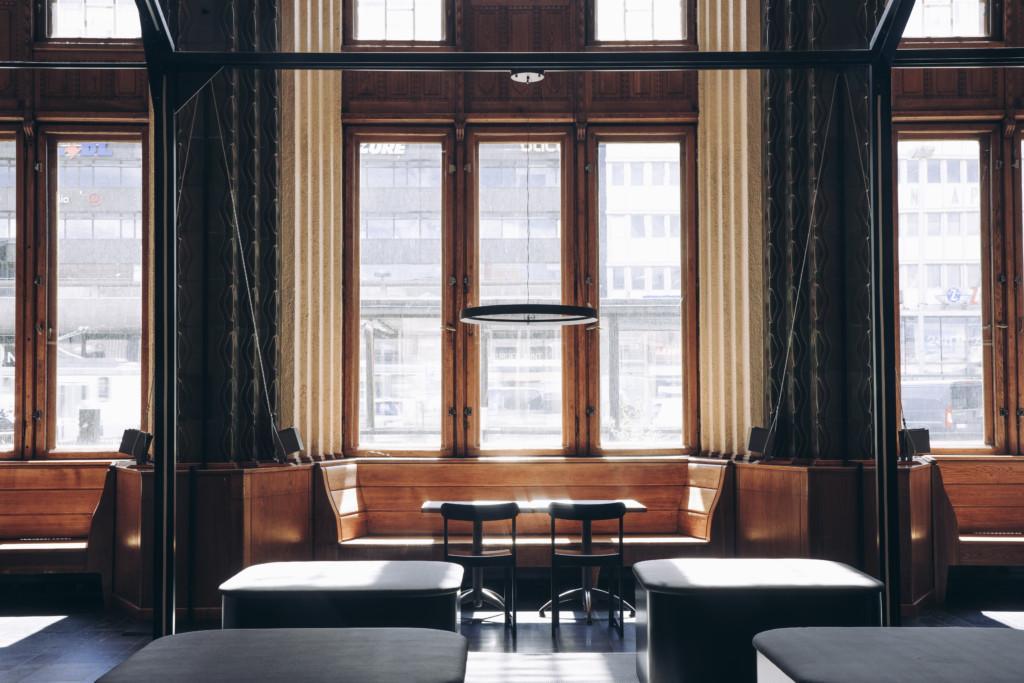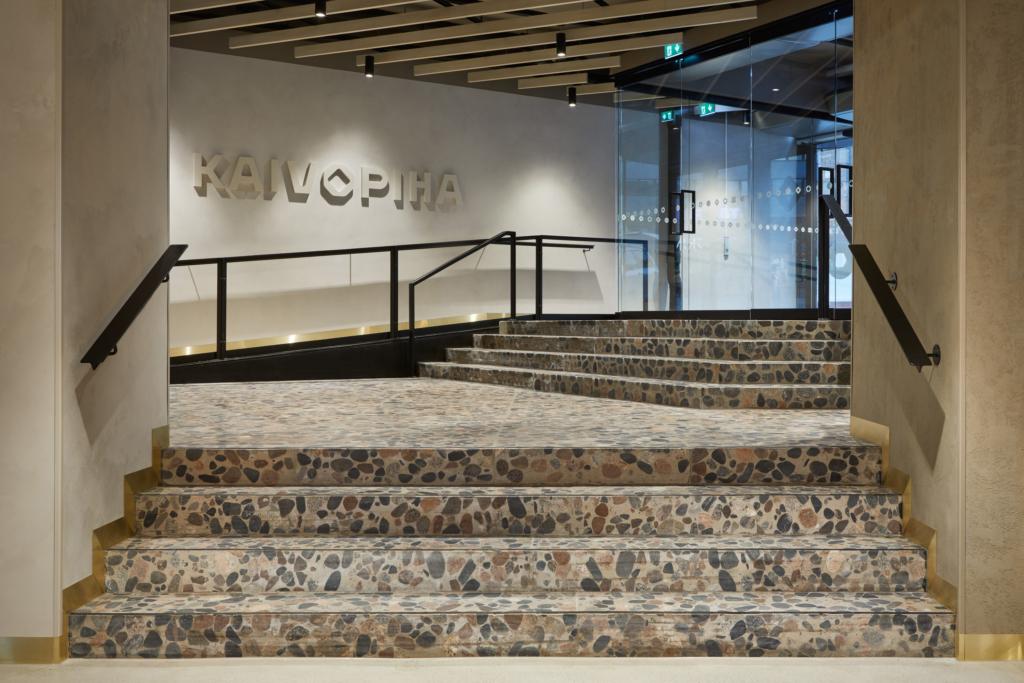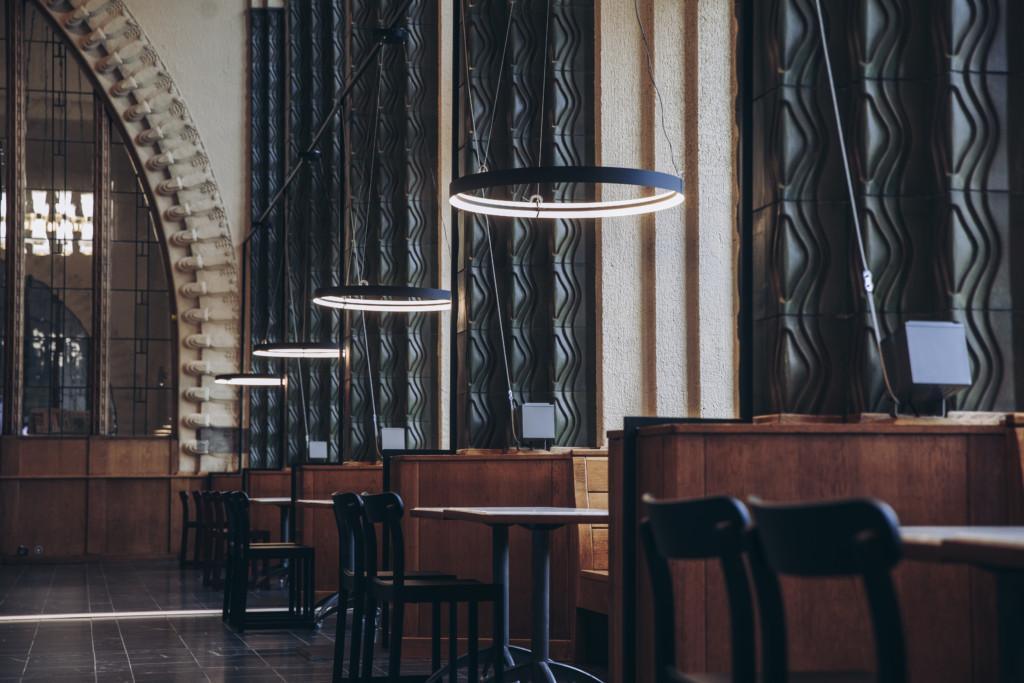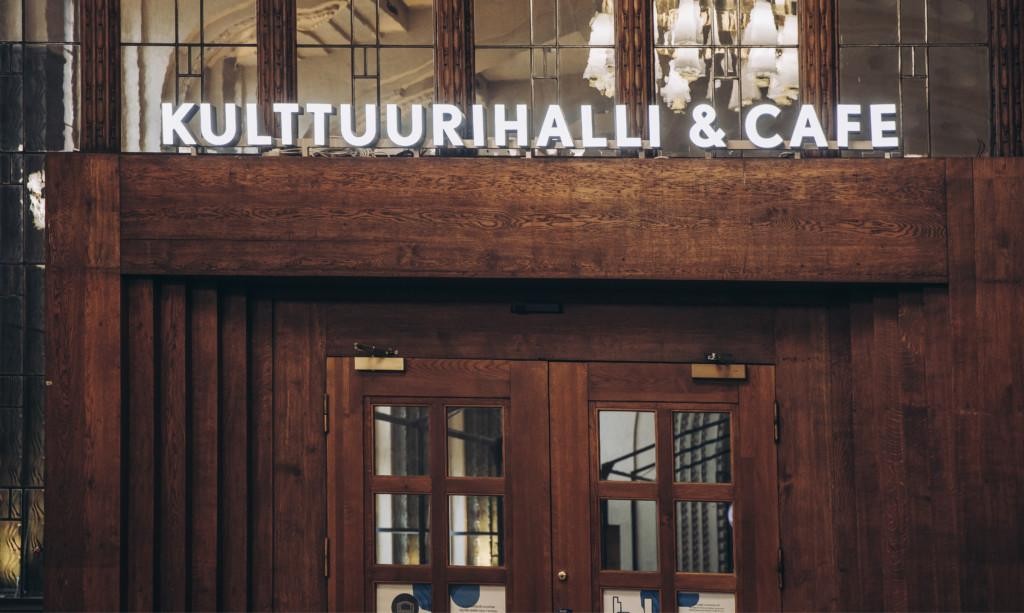
When it comes to historic buildings, refurbishment work needs to balance respect for the old with excitement for the new
There is no one-size-fits-all solution for old buildings, it’s the big picture that matters
In recent years, we’ve had the honour of contributing our expertise to the renovation of several landmark heritage buildings, including Helsinki’s main railways station and the Kaivopiha shopping mall. High heritage value buildings have stood the test of time, because there is something special about their character. They command people’s affection. Often it’s because of a combination of high-quality architectural design and a use or purpose that’s considered meaningful. In order to ensure their long-term viability and their continued role as part of the urban fabric, it is important to consider their future from a big picture perspective: to conserve, maintain and develop the buildings both in terms of their physical structure and their uses.
Success means collaboration
Whether you’re talking about a public transit hub, a retail destination or an office, building users these days have high expectations in terms of usability. The building as a whole needs to make sense, its purpose needs to be clear, and the user experience needs to be intuitive. All the basic functions need to run smoothly, and the technical specifications must be up to scratch and more. When it comes to listed buildings, delivering on all of this can be a challenge. As a result, all development needs to take sensitive account of the specific needs of each individual building and be set up to deliver a high-specification result. Change is inevitable and necessary. At Amerikka, we know from experience that a quality result calls for collaboration between everyone involved: the client, the designers, the authorities, the users and the builders. An adversarial approach benefits no one. We have had the opportunity to apply a variety of innovative joint working models in our work, including the Helsinki railway station project, and we’re delighted to say that the results have been excellent.

Case studies: Helsinki railway station and Kaivopiha
In central Helsinki, our work on high-profile historic buildings has focused on delivering a user-friendly experience and services that meet the needs of the buildings’ target audiences. Previously underused buildings have been re-imagined and re-purposed and given a new lease of life. As a result, people are now able to access these beautiful, architecturally unique buildings in a way that was not possible previously. At Helsinki railway station, staff social areas were moved to the basement level and the ground floor space with wonderful views of the capital will be turned into a café. With tickets now being bought online or directly from ticket machines, the former ticket office will be returned to its original use as a restaurant. Passenger services have been expanded and will all be available in the building’s western wing. These changes are driven by important behind-the-scenes upgrades to utilities and other installations, that will deliver significant energy efficiency benefits and other improvements. New and and improved pedestrian routes have also been created, including a direct link between Kaivopiha and the city’s iconic Three Smiths statue. The new route acts as a useful shortcut across this part of the city centre but is also home to a series of popular retail services.

Responsible development
At Amerikka, we know that a responsible approach to development matters. But that responsibility amounts to more than the sum of individual decisions and actions. Responsible development is multi-dimensional, comprising environmental, economic and social aspects. Projects involving listed buildings must take particularly sensitive account of heritage value and reflect social considerations, but it is equally important not to lose sight of the fact that delivering high-quality, commercially viable services is also a vital aspect of responsible development. Studies have shown that one fourth* of all carbon emissions from buildings are released during construction This means that if we can use high-quality design to create viable commercial buildings, we can delay the need for more refurbishment and reduce carbon emissions. The benefits of this approach are immense. All too often commercial realities are pitted against building conservation and sustainability considerations. But, with good design and careful implementation, mutually beneficial solutions can be found.
High-quality concept driving development
When you’re dealing with a large-scale project involving a multiplicity of different building uses and services, you need a clearly articulated and intelligently crafted concept to underpin your work. At Amerikka, when we talk about a “concept” we mean a plan, plainly set out and mutually-intelligible, that translates the development strategy into a series of tangible, achievable steps – a roadmap for the entire process. With a clear concept in place, everyone involved can get on with making decisions and moving the project forward in line with that shared vision. In that sense, the concept is intended as a tool for leadership and collaboration and supports everyone in delivering on a set of shared goals.
Creating a meaningful concept takes a vast volume of information. This information can be sourced through surveys and other forms of research and by making use of existing data. It’s also vital to incorporate the implicit knowledge held by the client and the various stakeholder groups and to build that into the concept. This can be achieved through a collaborative planning exercise, such as a workshop. Ultimately, you need to pin down the right questions and find answers for them. The concept needs to be ambitious but deliverable. It is not a wild and fantastical vision for the future but a plan of how all the different aspects of the project will come together. To successfully run a project of this scope requires skill, vision and experience of holistic joint working as well as a track record of managing high-profile heritage and listed sites.

At Amerikka, we want to be involved in creating a better Helsinki, collectively and collaboratively. We believe in dialogue. And we believe that all cities, fundamentally, are comprised of a multiplicity of thoughts, ideas and interests that can co-exist happily and harmoniously.
This article was written by Amerikka Account Director Maria Kelter and CEO Sami Maukonen (architect, SAFA). The photography is by Aleksi Poutanen and Peter Lundqvist.
*) https://www.rakennusteollisuus.fi/Tietoa-alasta/Ilmasto-ymparisto-ja-energia/Materiaalitehokkuus/